JMSDF’s First Patrol Boat
The Japan Maritime Self-Defense Force (JMSDF) conducts routine patrols in coastal waters to keep foreign military activities in check, but a growing Chinese Navy and the increasing demand for modern destroyers have made such patrols difficult.
Consequently, JMSDF has been forced to continue the use of older-model vessels, such as the aging Abukuma-class destroyers, and the succeeding Mogami-class frigates are expected to serve as part of the main fleet instead of being devoted to coastal defense.
This required the JMSDF to construct a new, smaller ship designed specifically for coastal defense including surveillance/monitor missions, thus leading to “the 1,900 ton-class patrol vessel.”
- General Overview
| Displacement | 1,900 tons (standard) |
| Length | 95m (311ft) |
| Beam | 12m (39ft) |
| Crew | 30 members |
| Speed | 20knots (37km/h, 23mph) |
| Armament | 30mm gun×1 Surveillance Drone Unmanned Surface Vehicle |
| Unit Price | 100 million USD |
Breaking away from the recent trend of pursuing large vessels, the new patrol vessel will be the first of its kind in JMSDF history and aims to enhance patrol capacity. A total of twelve vessels are scheduled to be built with the first one entering service in 2026.
Since the ship’s primary objective is coastal surveillance and not full-scale combat, it will be armed with a single 30mm gun, plus a 12.7mm machine gun if necessary.
The idea is to monitor foreign warships and other suspicious vessels with the assistance of drones onboard, making the 30mm gun merely necessary for self-defense. As such, the new patrol vessel is more of an upgraded version of the Coast Guard patrol ships rather than a standard JMSDF warship.
The vessel will carry surveillance drones and unmanned surface vehicles instead of patrol helicopters, but the multipurpose deck located at the stern is actually large enough for a SH-60 helicopter to land.
In sum, the new patrol boats obviously does not match the capabilities of destroyers or frigates, but it is the “goldilocks asset” to conduct routine surveillance missions and handle low-level threats that would overwhelm the Coast Guard.
But perhaps most importantly, the introduction of these low-cost, small vessels can relieve the much-needed JMSDF destroyers from patrol duties, allowing them to be diverted towards other tasks elsewhere.
Overseas Deployment?
As mentioned, the new patrol vessels will primarily focus on nearby activities, but their operational range does not seem to be limited to coastal waters.
The ship is equipped with a system that mitigates any rolling caused by the high waves at open sea, mostly aimed to undertake long-duration missions, but also provides the capacity to operate beyond Japanese waters.
Despite being small, the ship is still a warship that represents the nation of Japan and can “show the flag” at a relatively low cost.
For instance, the United Kingdom showcases its presence in the Indo-Pacific by stationing two patrol vessels in Singapore and deploys them for anti-piracy and disaster relief operations.
Theoretically, the JMSDF patrol vessels could be utilized in a similar manner, contributing to global maritime security and demonstrating Japan’s commitment.
Of course, the patrol vessels are mainly intended for long-term surveillance of Chinese or Russian vessels in Japan’s vicinity, but the recent posture towards global commitment indicates the possibility for “naval diplomacy.”
As Japan aims for a “Free and Open Indo-Pacific,” it must also engage in regional security as a responsible member of the international community. The new patrol boats, which resemble the British ones both in size and equipment, could serve as a cost-effective and low-risk means to achieve such goal.

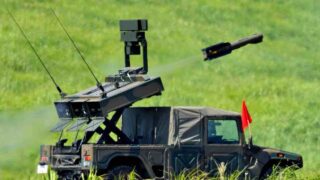

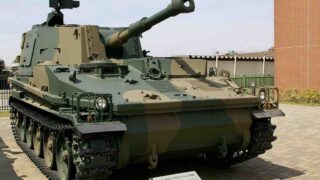
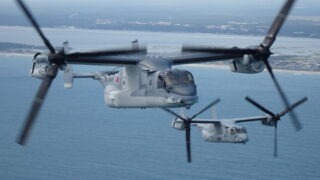
-320x180.jpg)
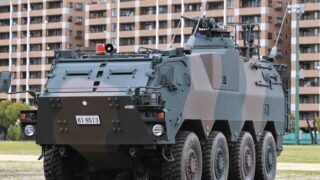

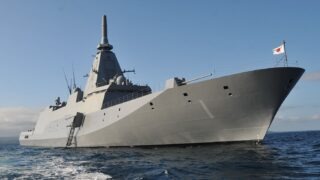
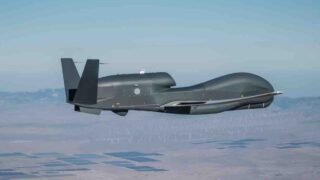
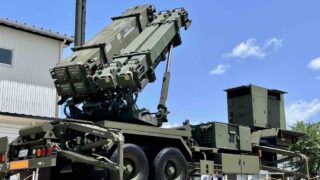
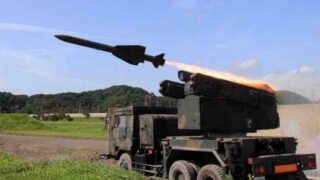
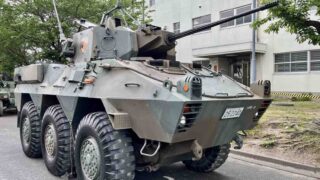

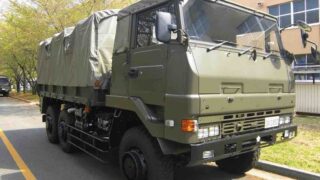


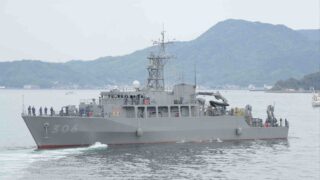
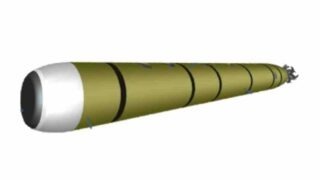
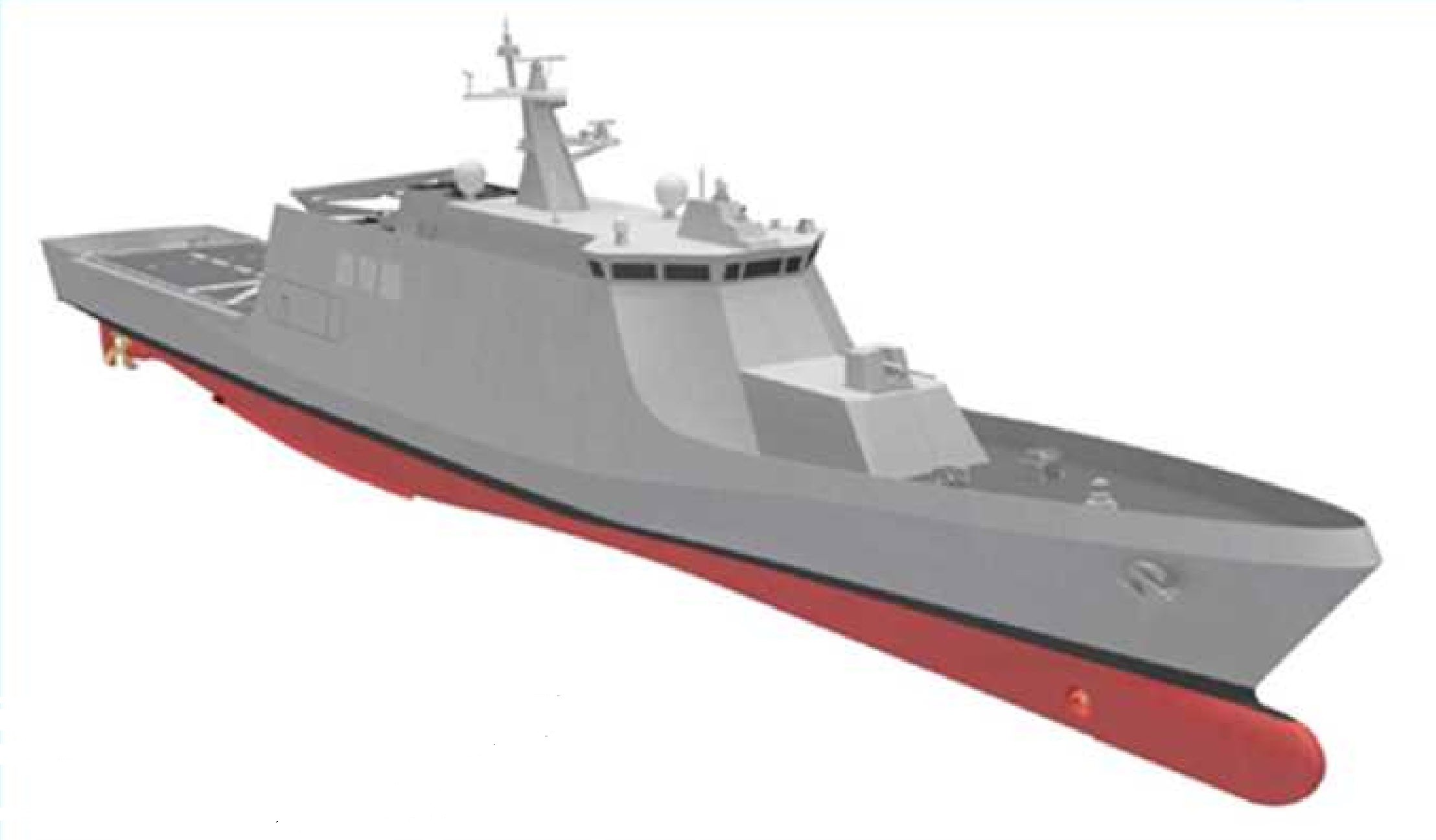
Comments